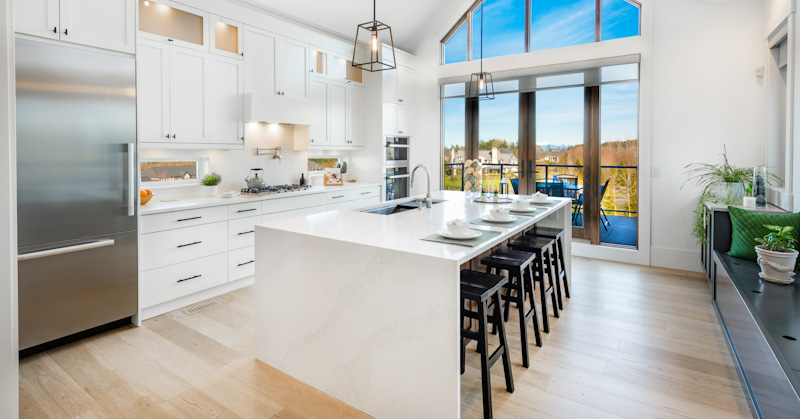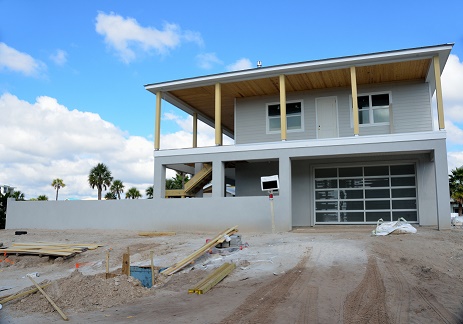Premier Carmel Indiana General Contractor for High Quality Building And Construction Solutions
How a General Specialist Can Change Your Common Areas Into Practical Areas
The improvement of usual locations right into useful rooms is a nuanced procedure that calls for a basic service provider's knowledge in evaluating certain neighborhood requirements and creating customized options. By taking into consideration variables such as layout, ease of access, and visual charm, a specialist can create environments that not only offer practical functions but also foster community involvement. Via efficient task management and adherence to high quality criteria, these remodellings can dramatically enhance individual experience. Yet, the ins and outs included in balancing layout and capability increase important inquiries regarding best practices and possible challenges that benefit more expedition.
Assessing Current Common Area Demands
When assessing common locations, it is necessary to recognize and recognize the certain requirements of the area they serve. This procedure begins with a detailed analysis of current usage patterns, which involves event information walking web traffic, top usage times, and activities taking area within these spaces. Engaging with community members via studies or conferences can provide valuable understandings into their choices and difficulties.
Next, it is very important to consider the demographic composition of the community, including age, lifestyle, and any unique demands that might affect just how these spaces are made use of. As an example, family members with young kids might call for backyard, while older grownups may focus on availability features.
Additionally, reviewing the existing infrastructure and services is vital. Determining areas that are underutilized or in requirement of repair service can inform potential improvements. Collaborating with stakeholders, such as residential property supervisors and local organizations, makes certain that the evaluation reflects a comprehensive understanding of the neighborhood's demands.
Eventually, a careful assessment of existing usual area requires lays the foundation for reliable makeovers, permitting for the production of spaces that cultivate involvement and enhance the general top quality of life within the area.
Designing for Functionality and Appearance
An extensive understanding of community needs establishes the stage for efficient design that balances performance and appearances alike areas. Effective design needs a thoughtful method that considers both the functional uses the area and the visual appeal that boosts the environment.
Useful layout involves developing areas that accommodate the specific activities and communications of the neighborhood. This could include versatile seating plans for gatherings, available paths for individuals with movement difficulties, or assigned locations for recreational activities. Each component should offer a function while making sure simplicity of activity and convenience for customers.
The option of colors, materials, and illumination can substantially influence the understanding of an area. Furthermore, lining up the style with the community's cultural identification can cultivate a sense of belonging and pride.
Budgeting and Source Appropriation
Reliable budgeting and source allowance are crucial elements in the successful makeover of usual locations. A well-defined budget outlines the economic specifications within which the project must run, ensuring that prices are regulated and resources are effectively used. This starts with a comprehensive assessment of task demands, including design components, materials, and labor.

A general professional plays an important role in this phase, teaming up with stakeholders to establish reasonable budget price quotes that line up with the intended vision. By focusing on necessary functions and exploring cost-efficient options, the professional can optimize spending without endangering high quality.
Resource allowance involves strategically appointing workers, equipment, and products to various phases of the task (Carmel In Contractor). This calls for cautious preparation to prevent delays and make sure that each part is delivered on time. In addition, regular surveillance of expenses against the spending plan helps to recognize prospective overruns early, enabling timely changes
Handling Construction Process Efficiently
Managing the building process efficiently is vital for accomplishing timely task completion and maintaining budget integrity. A well-coordinated method includes precise planning, clear communication, and effective their website resource management. General professionals need to establish an in-depth job timeline that details each phase of building, enabling the identification of possible bottlenecks and vital turning points.
Regular progress conferences are critical for maintaining all stakeholders notified and aligned. These meetings promote the prompt resolution of problems, guaranteeing that the project remains on track. Furthermore, using project management software program can simplify interaction, track progress, and manage documents, lowering the chance of misconceptions and delays.
Reliable source allowance is likewise critical. By ensuring that materials, labor, and equipment are available when needed, basic service providers can protect against expensive interruptions. Implementing an aggressive technique to take the chance of administration further improves efficiency, as it allows for the recognition and reduction of possible obstacles before they escalate.

Guaranteeing Conformity and Quality Specifications
Conformity and quality criteria are fundamental to the success of any type of building and construction project, guaranteeing that the finished areas not just meet client expectations yet also abide by regulative needs. A general specialist plays a pivotal role in implementing these criteria throughout the building and construction process.
First, it is vital for the service provider to remain upgraded on local building codes, security guidelines, and sector ideal techniques. This knowledge enables them to assist style choices and product choices that straighten with conformity requirements. Routine evaluations and quality evaluations throughout the building stage help to identify potential issues early, reducing costly delays and rework.
Moreover, published here a trusted basic specialist promotes a culture of quality among subcontractors and workers. This can More hints be attained by supplying training on compliance protocols and implementing strict top quality control actions. By developing clear communication channels, the service provider can make certain that everybody included understands their duties relating to compliance and quality.
Verdict
To conclude, the role of a basic specialist in transforming usual areas into practical spaces is crucial. With an extensive assessment of neighborhood needs, thoughtful layout, precise budgeting, and efficient task administration, these professionals can develop atmospheres that boost functionality and aesthetic charm. Adherence to compliance and top quality standards further makes sure that rejuvenated spaces not just meet the assumptions of stakeholders but additionally foster involvement and enhance the overall experience for all individuals within the neighborhood.
The transformation of typical locations into useful spaces is a nuanced procedure that calls for a general service provider's expertise in examining details neighborhood demands and designing tailored options. By considering elements such as design, ease of access, and visual allure, a professional can produce settings that not just serve useful functions yet additionally foster community interaction. General service providers must establish a comprehensive job timeline that lays out each stage of construction, allowing for the recognition of vital turning points and possible traffic jams.
